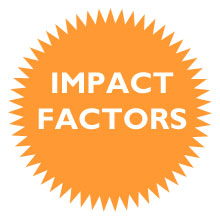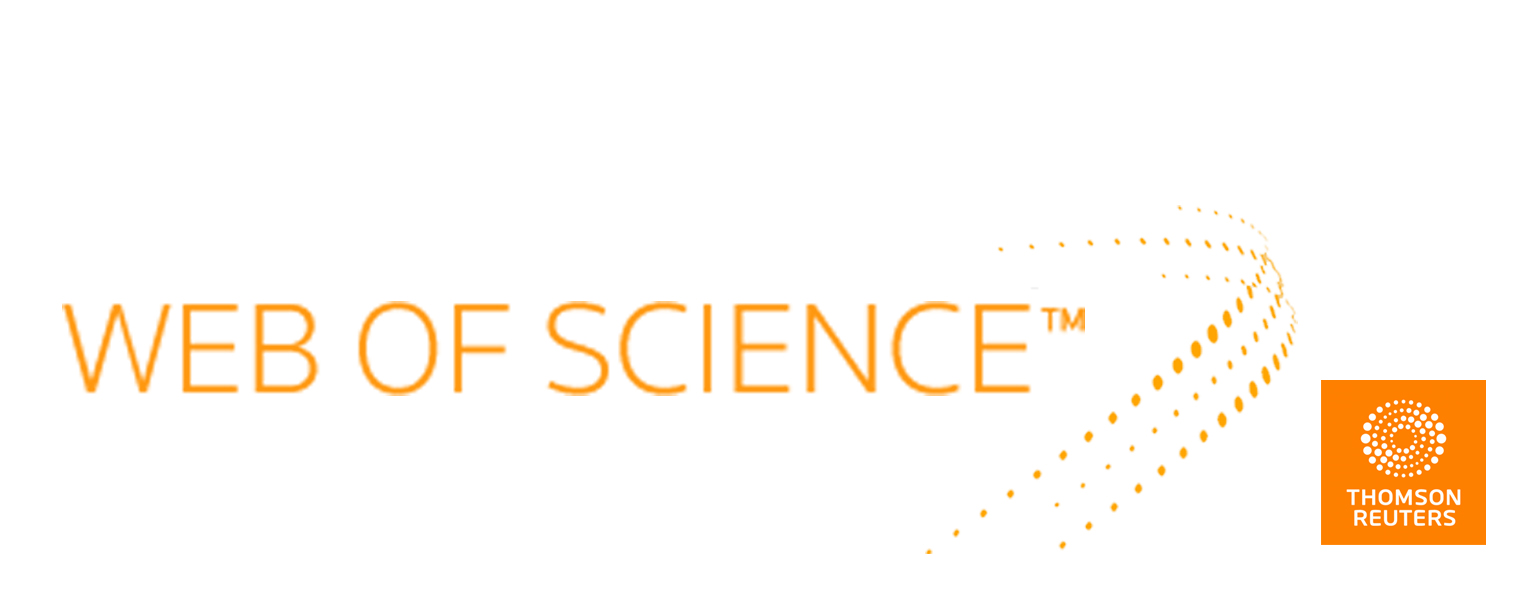 Science Citation Index (SCI)
Science Citation Index (SCI) – key indicator, introduced by the Institute of Scientific Information, which is widely used around the world to evaluate the work of researchers and research teams. Shows, how many times the article, written by a certain author, were cited in the works of other authors for a certain year. Databases index links, are listed in the article lists of publications, and provide quantitative indicators of these references (total citations, Hirsch index and others.). Availability of scientists in scientific and educational organizations, having a high index, speaks of the high efficiency and effectiveness of the organization as a whole. SCI is owned by the media company Thomson Reuters. The index was developed in 1960 p. American scientist Eugene Garfield (Eugene Garfield). The extended version of the Science Citation Index indexes over 6500 reputable scientific journals with 150 areas of research with 1900 p.
 Hirsch index (h-index)
Hirsch index (h-index) – scientometric indicator, proposed in 2005 p. American physicist Jorge Hirsch of the University of San Diego, California as an alternative to the classic "citation index" - the total number of references to the work of the scientist. The criterion is based on the number of publications of the researcher and the number of citations of these publications. It can be calculated using public scientometric databases on the Internet (example, Google Scholar, Science Index), and subscription databases (for example Scopus, Web of Science). Speed to note, that the Hirsch index, calculated for one scientist using different databases, will be generally different, as well as other scientometric characteristics. It depends on the scope of the selected database, as by the volume of articles in the database, and time intervals, according to which articles are taken into account. It should also be noted, that the Index shows the correct picture only by comparing scientists, working in the general field. The values of Hirsch indices of various scientists are presented in abstract national and international databases.
 Impact factor
Impact factor – it is a formal numerical indicator of the importance of a scientific journal, which is calculated annually by the Institute of Scientific Information (Institute for Scientific Information, their) and is published in the Journal Citation Report. He shows, how many times, on average, each article published in the journal is cited in the next two years after publication. It is considered, that the higher the value of the impact factor, the higher the scientific value and authority of the journal.
 SNIP indicator (Source Normalized Impact per Paper)
SNIP indicator (Source Normalized Impact per Paper) - reflects the influence of contextual citation of the journal, which allows you to directly compare magazines on different topics, given the frequency, with which the authors cite other sources, the rate of development of the citation and the degree of reflection of the literature in this area by the database.
 SJR (Scimago Journal Rank)
SJR (Scimago Journal Rank) is a ranking of magazines, which makes it possible to assess the scientific prestige of the work of scientists, based on the number of weighty citations for each document. The magazine gives its own "prestige" or status to other magazines, citing the materials published in them. In fact, it means, that a quote from a source with a relatively high SJR is of great value, than a quote from a source with a lower SJR.
 SciVerse Scopus
SciVerse Scopus Is an abstract database and scientometric platform, Elsevier Publishing Corporation. As of October 2013 p. Scopus contains more 50 million abstracts. Including indexed in the database 20 thousand. titles of scientific journals 5 thousand. publishing houses, 370 book series and 5,5 million conference proceedings. Publications are indexed in Scopus with different chronological coverage, the most important scientific journals are represented by archives, starting with the first issue of the first volume.
Scientometric database - bibliographic and abstract database with tools for tracking citations of scientific publications. The scientometric database is also a search engine, which generates statistics, which characterizes the state and dynamics of demand indicators, activity and impact indices of individual scientists and research organizations. Scientometric databases can select publications according to certain criteria or field of research; can only contain articles in magazines or also books, abstracts of reports at conferences, preprints, dissertation.
 Web of Science
Web of Science – abstract scientometric database of scientific publications of the project of the Philadelphia Institute of Scientific Information Web of Knowledge by Thomson Reuters. The scientometric apparatus of the platform provides tracking of citation rates of publications in retrospect 1900 p. and covers more 9 thousand. publications in English and partly in German (Monday - Friday: 1980 p.)One of the key concepts of the scientometric apparatus of the platform is the impact factor of the scientific publication.
 Scopus
Scopus - the world's largest single multidisciplinary abstract database (Monday - Friday: 1995 p.), which is updated daily and which is the largest database of scientific publications without full texts. The scientometric apparatus of the database provides accounting of publications of scientists and institutions, in which they work, and statistics of their citations. Scopus provides hyperlinks to the full texts of the materials. Also provides quality support in finding scientific publications and offers links to all existing citations from the extensive volume of available articles.
 Index Copernicus
Index Copernicus - online scientometric database with user-entered information, including scientific institutions, printed publications and projects, created in 1999 year in Poland. The database has several performance assessment tools, which allow you to track the impact of scientific papers and publications, individual scientists or research institutions. In addition to productivity, the Copernicus Index also offers traditional abstracting and indexing of scientific publications..
 Google Scholar
Google Scholar free search engine, which indexes the full text of scientific publications of all formats and disciplines. Google Scholar includes articles, published in journals, stored in repositories or on the websites of research teams or individual scientists. As a result of search the list is formed, in which source (articles, books, dissertation) located depending on the place of publication, who created the document, by citation frequency and how the document was recently cited. The Google Scholar search engine tells the user the name, text snippet and document hyperlink.
 Russian index of scientific citation (RINC) (on eLIBRARY.RU)
Russian index of scientific citation (RINC) (on eLIBRARY.RU) – national information-analytical system, a free public tool for measuring and analyzing the publishing activity of scientists and organizations. eLIBRARY.RU and RINC are developed and maintained by the company “Scientific electronic library”. Accumulates over 2,3 million publications by Russian authors, as well as information on citing publications from above 3500 Russian magazines. The database also includes reports at conferences, monographs, textbooks, dissertation. The database contains information about the source data, authors of publications, places of their work, keywords and subject headings, as well as annotations and bibliographies.
 Ukrainian science
Ukrainian science – Ukrainian national abstract database on natural sciences, technical, public, humanities and medical sciences. Founded by the National Library of Ukraine. VI Vernadsky and the Institute of Information Registration Problems of the National Academy of Sciences of Ukraine in 1998 p.























